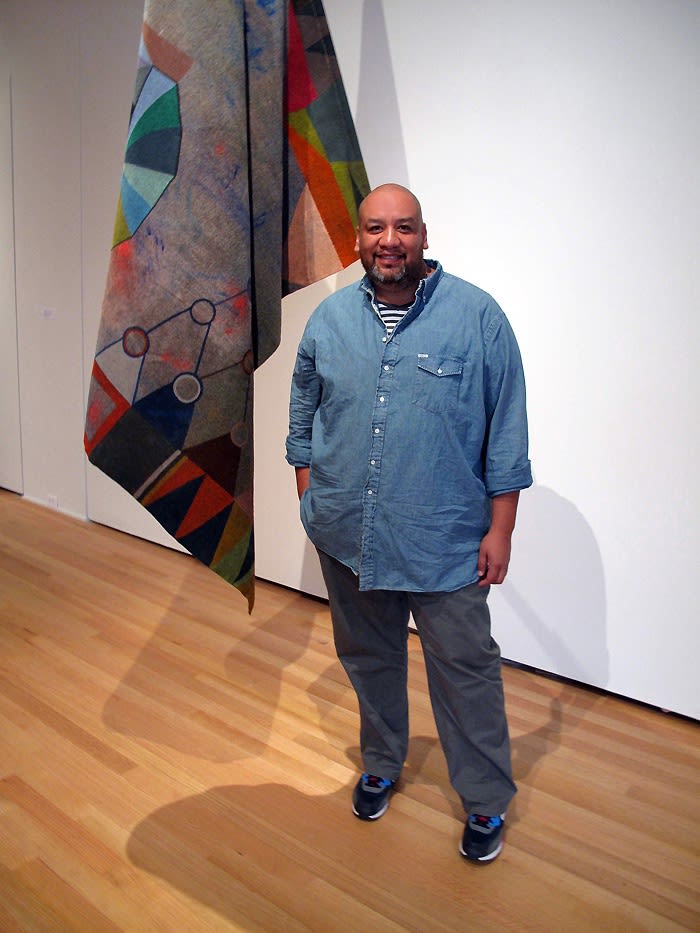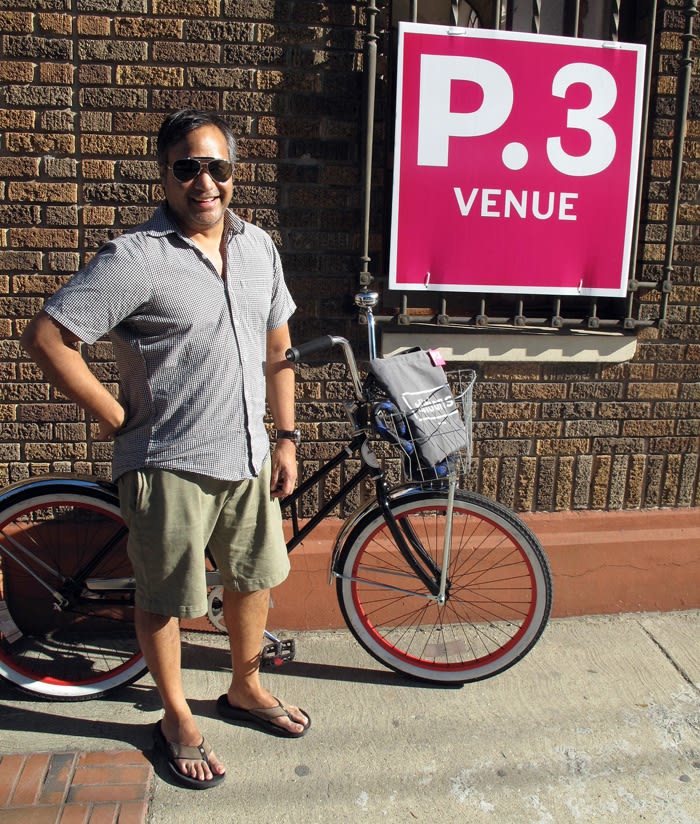Launched two years after Hurricane Katrina had devastated large areas of New Orleans and the Louisiana Gulf Region, Prospect New Orleans was conceived as an international biennial to exhibit current artistic practices while contributing to the city’s cultural and economic recovery. Veering from the path of the initial incarnations, which were organized by founder and former director Dan Cameron, the third Prospect New Orleans, curated by Los Angeles County Museum of Art chief curator and P.3 artistic director Franklin Sirmans, features 58 national and international artists that explore ideas associated with a search to discover one’s place in the world—sometimes related to the “Crescent City” and the South, while at other times evoking the place whence the artists came or imagine they might want to be.
“I started with studio visits, everywhere that I was going for other things; and then began utilizing my contemporary art department at LACMA and taking advantage of the fact that they were also traveling,” Sirmans told Whitehot about the point of departure for the show. “Between the four of us we had a whole lot covered. There was not only Rita Gonzalez and Christine Kim, who were the advising curators, but then Jarrett Gregory helped out, too. I benefitted from the studio visits that they were doing, as well. The first year and a half we weren’t looking for anything in particular, just what was good, what was interesting. It could have just been a round-up show—and that could have been interesting if you get the best work you’ve seen in the past few years from around the world—but then the thematic came into play. At that point we were guided.”
Beginning the storyline with Paul Gauguin, who traveled to Tahiti to find himself, as a window onto the international, Sirmans discovered a painting on glass doors in the New Orleans Museum of Art that the artist made during his first sojourn in the Polynesian paradise. Literature played the next role in the thematic development of the biennial, with Percy Walker’s 1962 novel The Moviegoer, a story about a young New Orleans stockbroker who embarks on a life-changing quest on the eve of his thirtieth birthday, taking the lead and Milan Kundera’s The Unbearable Lightness of Being, Italo Calvino’s Invisible Cities, Chinua Achebe’s Things Fall Apart, Zadie Smith’s White Teeth also being influential. The third key factor in the show’s concept is the work of modernist painter Tarsila do Amaral, a Brazilian nationalist that recognized her country’s ethnic diversity as a strength.
On view at eighteen venues spread throughout the city’s historical neighborhoods Prospect.3: Notes for Now includes solo and group exhibitions, site-specific installations, and 20 new commissions—about a third of the show. Standouts include Carrie Mae Weems’ holographic narrative about race, sex, and politics portrayed by ghostly characters on a burlesque stage; The Propeller Group’s video that draws parallels between funeral practices in Vietnam and New Orleans, along with the collective’s sculptures of tricked-out musical instruments, which were also photographed with members of Louisiana marching bands; Glenn Kaino’s installation of water tanks that turn military machines into coral reefs; Jean-Michel Basquiat’s paintings and works on paper that reference the cultural legacy of the Mississippi Delta and the South; Camille Henrot’s video exploration of the universe by way of the storage rooms of the Smithsonian Institution; Tavares Strachan’s 100-foot long neon sign declaring “You belong here” from a barge on the Mississippi River; and Andrea Fraser’s monologue, in which she recreated a heated debate by New Orleans city council members during a 1991 vote to racially integrate the Mardi Gras krewes—changing her voice and expression as she dynamically alternated between speakers, both black and white.

Artist Jeffrey Gibson with his work at the NOMA

Chicago and Berlin gallerist Kavi Gupta outside the Treme Market Branch

Artist Glenn Kaino with a detail of a street mural near the Ashé Cultural Arts Center

Artist MacArthur Binion with one of his paintings at CACNO



